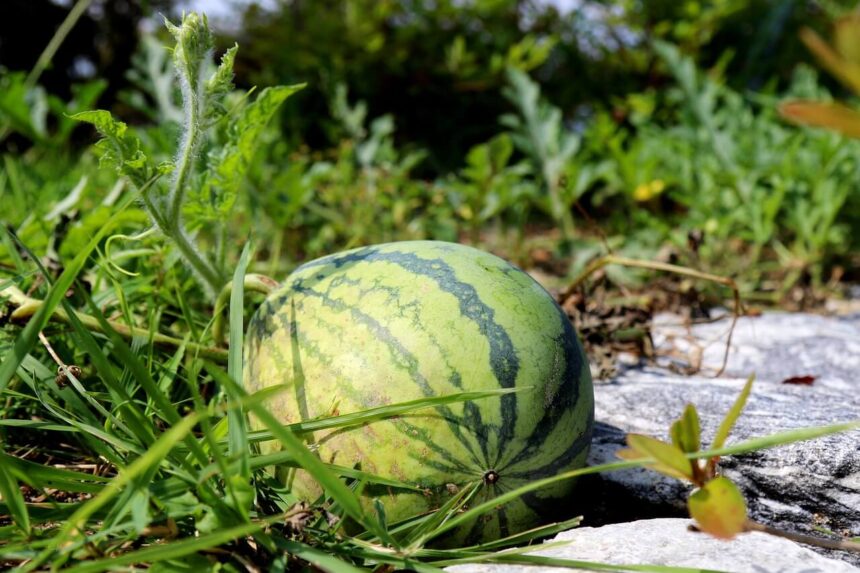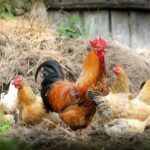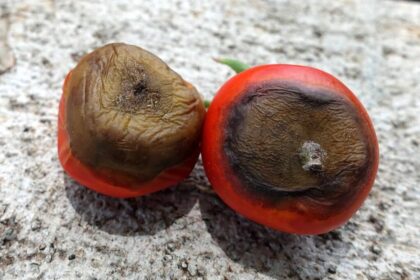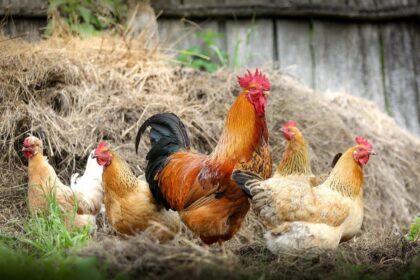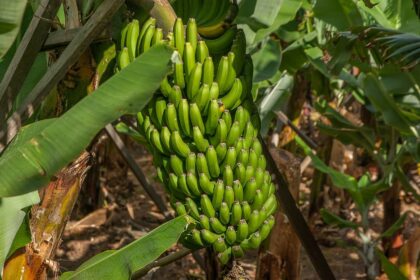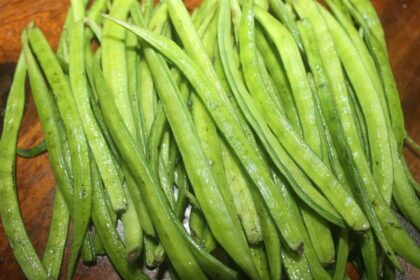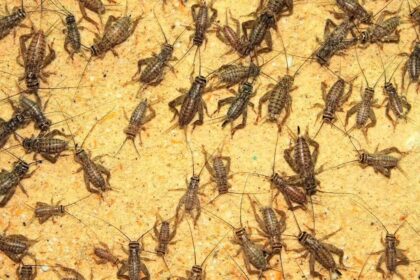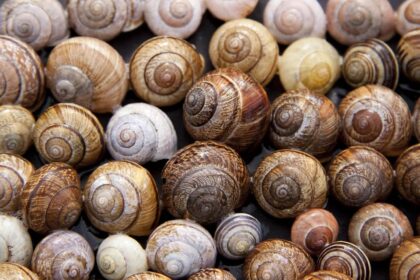If you are looking for Watermelon Farming in Kenya pdf, you have come to the right place. This short watermelon guide will show you how to farm your melons from seed to market.
As you all know, watermelons are tropical fruits, and their growth depends on climatic and soil conditions.
On average, watermelons take 70 to 90 days to mature from planting. However, watermelons grow and develop faster in areas such as the coastal region, where the climate is hot and humid.
Watermelon Farming in Kenya: Things to consider
Before you start farming melons.
- Choose a location that is free of pests and diseases affecting watermelons.
- Water availability for irrigation
- The soils for growing watermelons must be rich, slightly acidic(PH 5.5-6.5), and not arid.
Watermelon Varieties in Kenya
Regarding Kenya’s watermelon varieties, choosing a suitable type is vital for profit. The choice must be made according to the market demands regarding shape, taste, size, and fruit weight.
Other characteristics that affect the watermelon variety include; shelf life, productivity, transport, and adaptability to cultivation in a greenhouse. Let us look at some of the common watermelon varieties in Kenya.
Sukari F1
Sukari F1 is considered one of Kenya’s most widely used and best watermelon varieties. The Crimson red flesh type and very sweet watermelons are characterized by approximately an early maturity cycle. 75-90 days from planting time.
With a 500-600 grams/acre seed rate, the Sukari F1 watermelon variety has a potential yield of 25 tons/acre with an average weight of 7-8 kg.
Asali F1 by Royal Seeds Company
The next watermelon variety in Kenya is the popular Asali F1 watermelon hybrid, easily identifiable by its oblong shape.
Asali F1 is characterized by its early maturing period of 85 days and a 30-40 tons/acre potential yield. This watermelon variety is resistant to Fusarium and Anthracnose diseases and has an average weight of 10-12KGS at full maturity.
You may also be interested: Avocado Farming in Kenya.
Sugar Baby by Royal Seed
The Sugar Baby watermelon variety was made for farmers with a small farming space. Though small, Sugar Baby has a high market demand due to their sweetness and weight, which generally does not exceed 5 kg.
Other common watermelon varieties in Kenya include;
- Kito F1
- Zuri F1
- Crimson Sweet
- Sweet rose F1 by Kenya seed
- Kubwa F1
- Julie F1 is also by Kenya Seed.
- An lastly, Rose F1
Watermelon Fertigation and irrigation
To obtain a bumper harvest from a qualitative-quantitative point of view, you should not neglect the water and nutritional aspects of the crop.
The use of fertilizers is generally more efficient with fertigation. The distribution can be tailored to meet each crop’s needs, leading to overall efficiency in agriculture as well!
Frequent irrigations are also needed during the germination and transplantation phase of the plant. An increasing volume of water is needed during the plant’s growth because the roots do not go particularly deep.
On the contrary, never irrigate before harvesting to not ruin the flavor of the fruit with too much water.
Watermelon Farming in Kenya – Planting
The soil for planting watermelons should be loose, fresh, and well-drained. It should be worked intensely, possibly well in advance, to prepare the holes where you place the seeds.
Sow in holes 150-200 cm between the rows and 100 cm on the row. The seeds should be soaked in water 24-48 hours before and sown with their tip facing downwards.
Seed rate: 3-4 kg per hectare with direct sowing (3-4 seeds per hole). Mulching is recommended.
After 20/30 days from sowing, thin out the excess leaves and branches, leaving the most developed plant in the hole. It is also good practice to let only one fruit grow per branch.
The best way to prevent the formation of light spots on your melons is by turning them in different positions. When they become too big for their excellent, turn those babies every 2 or 3 days so that all sides get plenty of sun!
Storage, Transportation, and Marketing
Regardless of season, there is always a ready market for watermelons in Kenya. However, before transporting your melons to the market, let us look at what we call “Value Addition.”
Value addition involves sorting, storing, reading, and packaging your watermelons before transporting them to the market.
Sorting and Grading
Watermelons should be sorted first before storage; the following are removed.
- insect-damaged or cracked fruits
- Fruits are affected by Blossom-end rot.
- Discolored fruits
Afterward, watermelons are graded according to size and packed, ready for transport.





